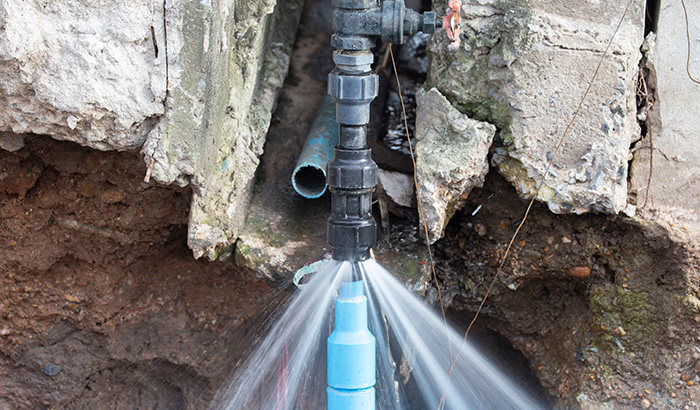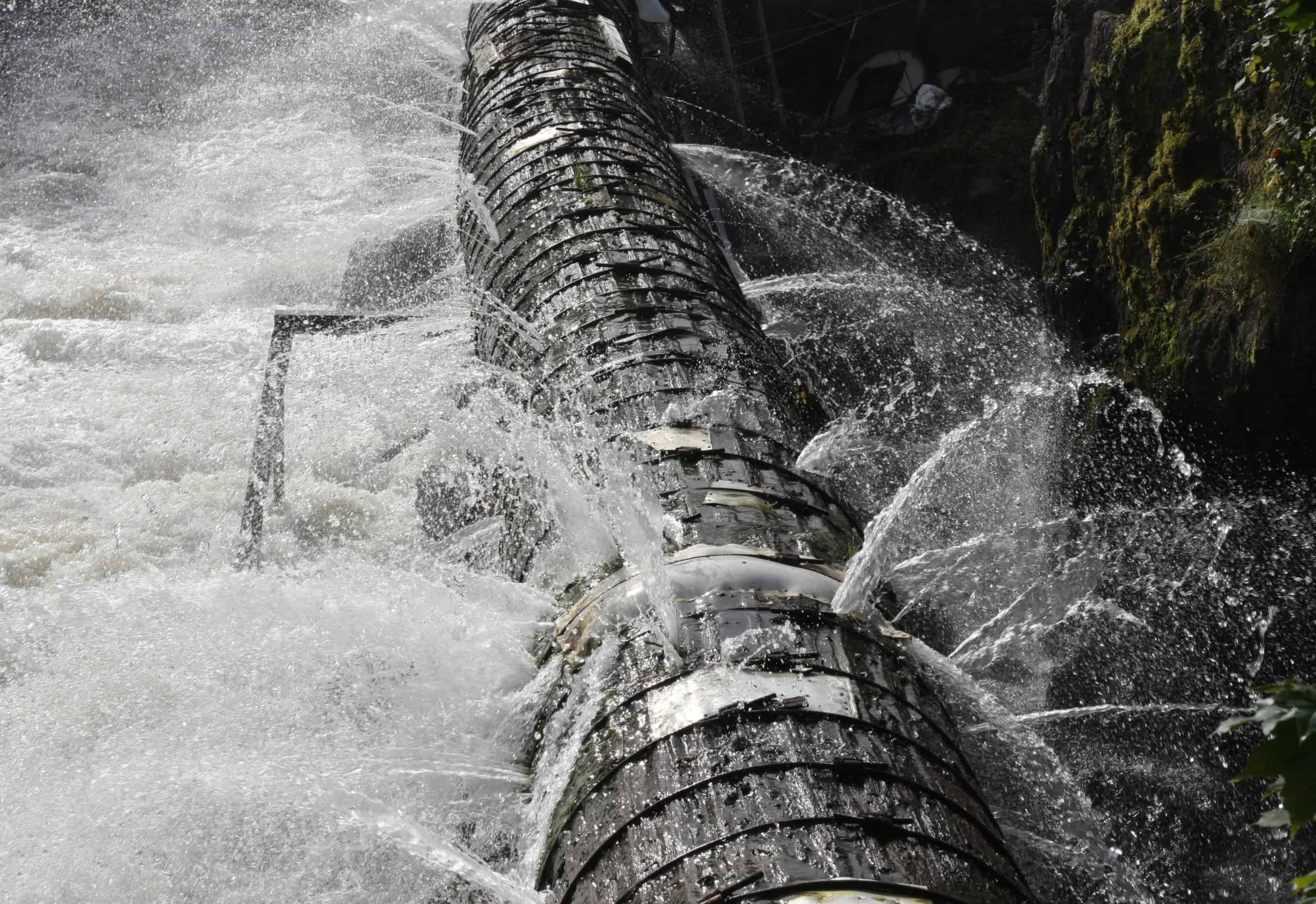Protecting Against Ruptured Pipeline: Vital Tips to Safeguard Your Plumbing
Stopping burst pipes is a critical concern for homeowners, specifically throughout colder months when the risk of cold is enhanced. Carrying out tactical measures such as correct insulation, regular evaluations, and keeping constant indoor temperature levels can dramatically minimize the possibility of pipe failure. Additionally, recognizing emergency procedures gears up property owners to respond swiftly to potential pipes issues. Nonetheless, lots of are uninformed of the details susceptabilities that their pipes may deal with. Discovering these vulnerabilities can give important understandings into guarding your pipes system successfully.
Understand Pipe Vulnerabilities
Comprehending pipeline vulnerabilities is essential for efficient pipes upkeep and preventing costly damages. Numerous factors contribute to the vulnerability of pipes to bursts, consisting of product composition, age, and ecological problems. Older pipes, especially those made from galvanized steel or polybutylene, commonly weaken gradually, leading to enhanced threat of tears and leaks.
Temperature changes can also dramatically impact pipeline integrity. In chillier environments, water trapped in pipes can freeze, exerting and expanding stress on the pipe wall surfaces, which might ultimately lead to a burst. High water pressure can stress pipelines, especially at bends and joints, enhancing the probability of failing.

Insulate Pipes Appropriately
Appropriate insulation of pipelines is important for protecting against cold and succeeding ruptureds throughout winter (burst pipe). Shielding your pipes system properly safeguards versus temperature level drops that can bring about costly damages. Begin by recognizing at risk locations where pipes are exposed to outdoor temperatures, such as cellars, attics, and outside wall surfaces
Use foam pipe insulation sleeves or cover insulation tape around these areas to supply a safety barrier. Guarantee that all areas of the pipes, especially those with restricted warm exposure, receive ample insulation. Pay special attention to fittings and joints, as these are more vulnerable to freezing.
When protecting, it's vital to pick products that fulfill neighborhood building codes and are appropriate for the details setting. Fiberglass insulation is commonly suggested for its thermal resistance homes. Additionally, consider using warmth wires or tape in severe problems, which can be connected in to supply additional warmth
Consistently check insulated pipelines for any indicators of wear or damage, as jeopardized insulation can diminish its efficiency. By taking these proactive actions, you considerably reduce the danger of pipe bursts, ensuring a reputable pipes system throughout the winter season months.
Maintain Consistent Temperature Level
A secure interior temperature level is important for avoiding burst pipelines during the freezing months. When temperatures drop, water within pipes can ice up, developing and increasing stress that may eventually trigger the pipes to burst.Making use of a programmable thermostat can aid take care of interior temperature levels properly, guaranteeing that areas with pipes continue to be warm even when the residence is unoccupied.
Furthermore, it is prudent to permit faucets to drip somewhat during extreme cold spells. This small flow of water can stop cold by relieving stress within the pipes. Additionally, during specifically extreme climate events, consider briefly suspending any kind of nighttime setbacks on your thermostat to maintain a constant cozy environment. By executing these techniques, homeowners can considerably decrease the danger of pipe ruptureds and safeguard their plumbing systems against the extreme winter season elements.
Routinely Evaluate Plumbing
Routine evaluations of plumbing systems are critical for avoiding ruptured pipes and maintaining general home stability. Regular checks allow house owners to identify prospective concerns prior to they rise into expensive repairs or major water damages. Throughout these evaluations, it is important to take a look at visible pipelines for signs of corrosion, leakages, or put on. Pay unique focus to areas prone to cold, such as basements, attics, and outside wall surfaces.
In addition, evaluating connections and joints is important, as these points are typically prone to leakages. Home owners should likewise evaluate water pressure levels, as excessive pressure can strain the plumbing system and increase the risk of pipe bursts.
Think about scheduling specialist pipes examinations at least as soon as a year, particularly prior to wintertime, to guarantee your system is prepared for cooler temperature levels. By being positive in your method, you can safeguard your home versus the disruptive and expensive repercussions of ruptured pipes.
Know Emergency Situation Treatments
Comprehending emergency situation procedures is vital for every single property owner, especially after performing routine pipes assessments. Being prepared for a pipes emergency situation can significantly alleviate damage and save expenses. Find your major water shut-off valve; it is typically discovered near the water meter or where the major line enters your home. Acquaint on your own with its procedure, as turning off the water system quickly can stop substantial flooding.
Next, keep vital tools handy. A plumbing emergency kit visit need to include a wrench, plunger, and towels, as well as a flashlight and a bucket for small leaks. Additionally, think about having the contact info for a trusted plumbing easily offered, must the circumstance escalate beyond your control.
If you spot a leak or ruptured pipe, immediately shut off the supply of water and inform your plumber. Record the damages with pictures for insurance purposes. Understand the indications of possible pipes concerns, such as uncommon water stress changes or damp places on wall surfaces
Eventually, original site aggressive understanding and quick activity are critical in taking care of pipes emergencies, ensuring your home stays safeguarded and lessening potential damage.

Final Thought
To conclude, avoiding ruptured pipes demands a complex method that consists of understanding pipeline vulnerabilities, correct insulation, keeping constant indoor temperature levels, routine inspections, and understanding of emergency situation treatments. By implementing these necessary approaches, the danger of pipes failings can be significantly minimized, therefore making sure the durability and performance of the plumbing system. Positive actions not only secure versus potential damage yet also add to total water conservation and the protection of home.
In colder climates, water trapped in pipes can freeze, increasing and exerting stress on the pipeline walls, which might ultimately lead to a ruptured. When temperature levels drop, water within pipes can ice up, increasing and developing stress that might inevitably cause the pipelines to ruptured. By executing these methods, house owners can considerably decrease the danger of pipe bursts and safeguard their plumbing systems against the harsh winter elements.
